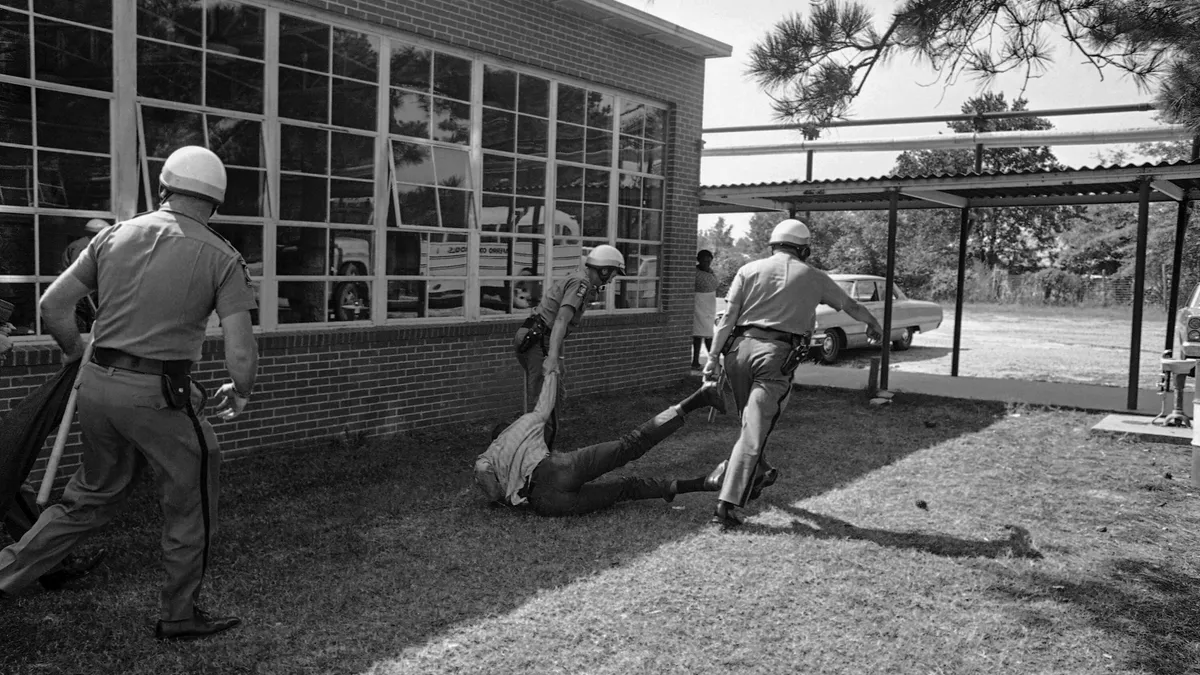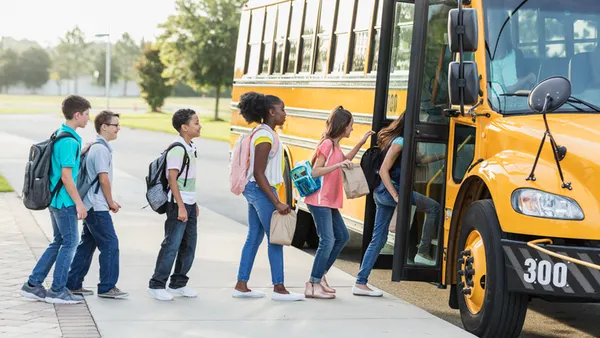Dive Brief:
- Principal selection practices are underdeveloped, under-researched, and out-of-date, according to Brandon Palmer, a school administrator and researcher who studies principals at California State University-Fresno.
- The last time principal selection processes were investigated deeply was the 1950s, Palmer argues, when principals were primarily in charge of staffing and management, not student achievement.
- Palmer also cites a disconnect between the traits superintendents identified as important for a successful principal and what their hiring processes were designed to look for.
Dive Insight:
Principals’ effect on student achievement comes second only to teachers, but far less attention has been paid to evaluating their performance and hiring qualified leaders. Most states lack well-publicized or widely used principal evaluation systems, and the qualities of good principals remain murky — especially compared with the research effort put into identifying highly effective teachers.
Still, the hiring process could better match what is already known about what makes a high-quality school leader. Among the suggestions that Palmer puts forward are specifically identifying the desired qualities and skills prior to starting the hiring process, seeking out larger candidate pools, and including diverse groups from parents to administrators. Palmer also argues for districts to experiment with new methods, such as principal training pipelines like those in place in Denver, CO, and Broward County, FL.
Still, even districts like Denver that have overhauled their hiring systems have struggled to recruit and retain leaders. That’s especially true in schools undergoing reform, or schools with a large minority population or a large number of students receiving free or reduced price lunch. Those failings stem in part from a failure to identify effective leaders, but also from a failure to train and support them properly once they’re in schools. While selection is key, what happens after can play just as big a role.











